What is an APIApplication Programming Interface (API) is a software interface that enables two applications to communicate without requiring a user to get involved. It is a group of computer programs and operations. It is a software code that may be viewed or performed, enabling data exchange and communication between two software programs. Command-line tools, corporate code, microservices, and cloud-native architectures are all examples of where the concept of API is used. It is an interface that programmatically interacts with software resources or components that are not part of the developer's code. It is the area of a software component that other components can access. Unless you write every line of code from scratch, you will interact with external software components, and each of these has an API. Even if you write all of your code from scratch, a well-designed application should include internal APIs to help organize the code and make its parts more reusable. Whether creating basic applications or the most complex designs and architectural considerations, the API is essential. It allows products and services to interact without needing to understand how those products and services are put into practice. 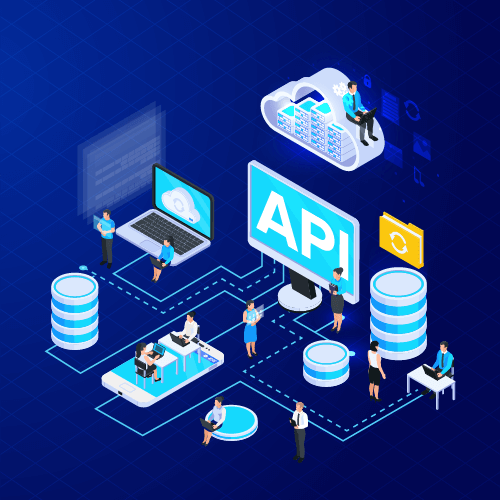
How does API work?An API is a set of rules that describe how computers or programs interact with one another. (Typically, an API specification will contain documentation of these criteria.) APIs are a middle layer that handles data transfer between systems, sitting between an application and the web server. An API operates as follows: A client application launches an API request called an API call to obtain information. This request, which includes a request verb, headers, and occasionally a request body from an application to the web server, is handled by the API's Uniform Resource Identifier (URI).
While the data transport method varies based on the web service utilized, the entire request and response procedure is handled by an API. An API gives computers, or other programs access to the data and functionality of an application, whereas a graphical user interface only gives that access to humans. Since API endpoints separate the application that uses the service from the infrastructure that supplies it, security is inherently provided by APIs as a result of their role as a mediator. Access can be restricted by an API gateway to reduce security threats, and authorization credentials are frequently included in API calls to limit the possibility of server intrusions. The exchange of the data is further made secure by the use of HTTP headers, cookies, or query string parameters. 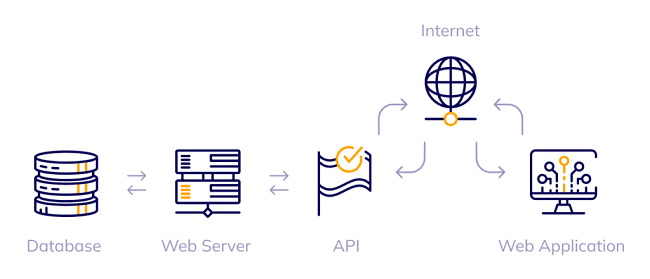
Take, for instance, a payment processing service's API. On the front end of an application for an online store, customers can submit their card details. The payment processor does not need access to the user's bank account because the API creates a unique token for this transaction and includes it in the API call to the server. The risk of hacking is, therefore, better protected as a result. Why would we need an API?An application programming interface can help you manage current tools or create new ones while simplifying the process. Here are a few reasons for using API:
Features of APIAPI features can include:
Types of API:There are four main categories of APIs: 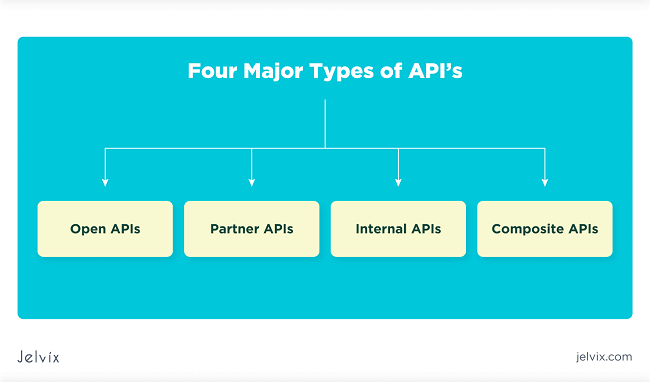
Communication level of APIsThere are two categories of communication level APIS exist: High-Level APIs: High-level APIs are application programming interfaces that provide abstractions of a particular application or service. These APIs are designed to make it easier for developers to interact with the application or service and to reduce the amount of code they need to write. Examples of high-level APIs include the Google Maps API, the Facebook Graph API, and the Amazon Web Services API. Low-Level APIs: Low-level Application Programming Interfaces (APIs) allow direct access to a computer system's hardware and software components. They are often used to create complex software applications that can access the most basic levels of a system's functions and data. Low-level APIs are typically written in a language that is closer to the language of the system's hardware and software components, such as C and assembly. They can provide an interface to the most basic functions of a computer system, such as memory, storage, networking and input/output. Low-level APIs are often used to create specialized software programs and drivers that require direct access to the system. What is Web API?As the name suggests, a web API is an API that can be accessed on the web using the HTTP protocol. This framework aids in the development of HTTP-based RESTFUL services. Web API can be utilized by both web servers and web browsers. A concept for web development is web API. It does not include information about a web server or browser and is just concerned with the client side of Web applications. Web API services are used to deliver services on a variety of devices, including laptops, mobile phones, and other devices, and if an application is to be used on a distributed system. A web API is the enhanced version of an online application. Two categories of Web APIs are:
Some examples of Web API
API Architectures and ProtocolsAn API protocol outlines the guidelines for API requests, including acceptable commands and acceptable data formats. Different API architectures specify various restrictions on communication. REST The REST (representational state transfer) architecture is a popular web API architecture. To be categorized as a REST API, an API must adhere to specific architectural restrictions or principles, such as: Client-server architecture: the backend and data storage are isolated from the interface. This enables flexibility and the independent evolution of many components.
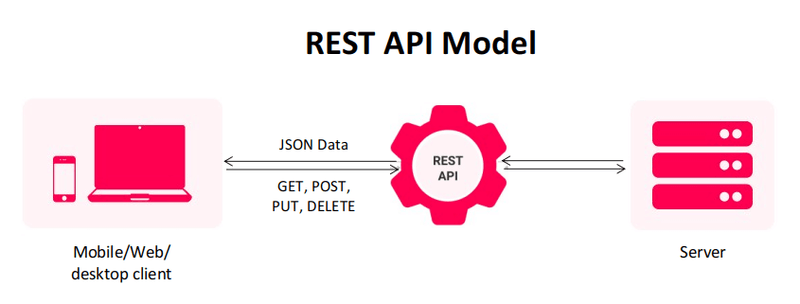
JSON-RPC and XML-RPC RPC stands for a remote procedural call. While JSON-RPC employs JSON for encoding, XML-RPC uses XML to do so. Neither protocol is complicated. One result is anticipated from a call, which may include several parameters. They possess a few critical characteristics that call for an alternative architecture to REST, including:
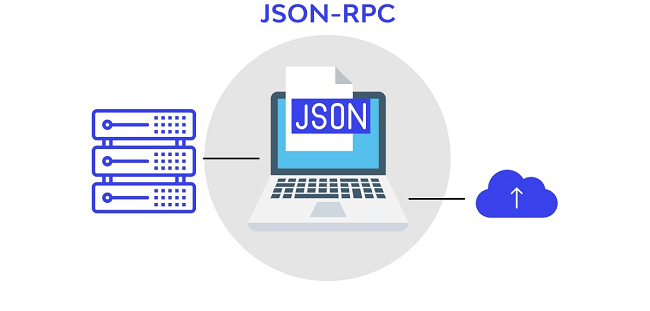
SOAP SOAP (simple object access protocol) is a well-known web API protocol. It is meant to be independent, neutral (able to work with various communication protocols, including HTTP, SMTP, and TCP), and expandable (it allows for any programming style). Included in the SOAP specifications are the following:
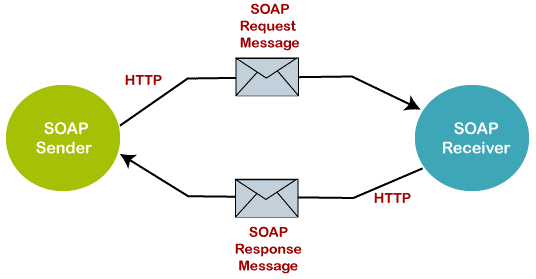
API Testing toolsAPI testing involves using software to evaluate how APIs are constructed to ensure the program's functionality, reliability, security, and performance are not compromised. It checks to see if the APIs are working properly and achieving their intended purpose. Let's see some of the best API Testing tools: 1. Apigee Apigee is an intriguing cross-cloud API testing platform driven by JavaScript that allows developers and testers to access its capabilities using several editors. This tool is suitable for APIs that include a lot of data, which makes it the ideal option for complex and robust digital organizations. By examining API traffic, response times, and potential error rates, it may also quickly spot problems that are impairing performance. 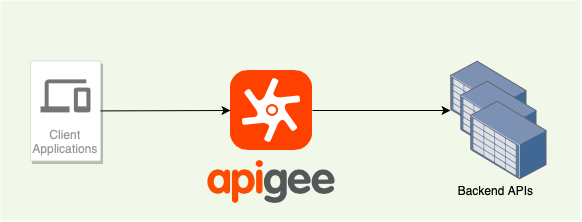
2. SoapUI SoapUI was developed for advanced users who wanted to create more intricate automated tests and manual calls when necessary. However, thanks to SoapUI's graphical testing interface, novice testers and developers may also catch up. Users can drag and drop pieces to build their tests rather than write the API calls in code. There are two versions of SoapUI: SoapUI Open Source, a cost-free utility, and ReadyAPI, a premium tool. 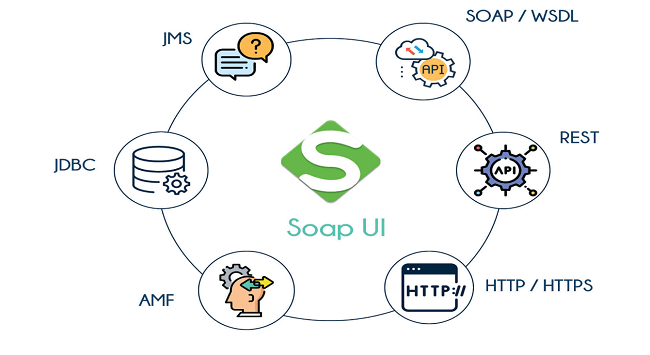
3. Katalon Katalon is a well-known test automation tool for APIs, online applications, and desktop and mobile apps. It offers numerous parameterization capabilities and commands and supports SOAP and REST calls. One of this software's major benefits is that, despite its many valuable functions, it is not overly complicated to use, making it appropriate even for non-techies. 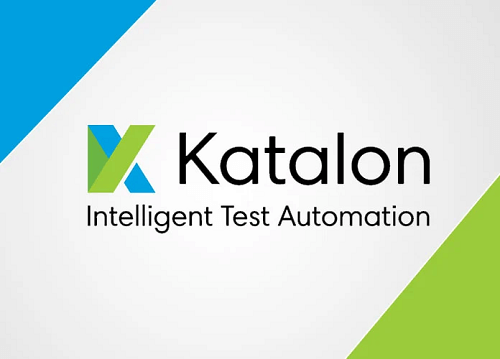
4. Postman Postman does not necessitate the learning of a new language by developers or testers, and it also supports a variety of forms (such as Swagger and RAML). Additionally, it offers pre-built workspaces, collections, and tools. Developers and testers can skip the text into the command line window since Postman, unlike CURL, is not a command-line-based application. 
5. Tricentis Tricentis has developed a comprehensive software testing platform that provides continuous testing capabilities for any application across any technology stack. This platform integrates existing development and DevOps processes to enable comprehensive end-to-end testing. It covers all aspects of testing, including functional, non-functional, performance, security, and exploratory testing. It supports both manual and automated testing and provides tools for team collaboration. Additionally, it provides comprehensive test analytics and reporting capabilities to track and improve quality. 
6. Assertible Assertible is a cloud-based platform that enables software teams to monitor, test and deploy applications and services quickly and effectively. It helps teams quickly identify and diagnose problems and rapidly deploy updates. Assertible is designed to be easy to use and to provide real-time feedback on the performance of applications and services. It also gives users insights into their applications and service's behavior, helping them identify and address potential issues. 
Applications of API
Challenges of using APIs
Next Topic#
|
 For Videos Join Our Youtube Channel: Join Now
For Videos Join Our Youtube Channel: Join Now
Feedback
- Send your Feedback to [email protected]
Help Others, Please Share









